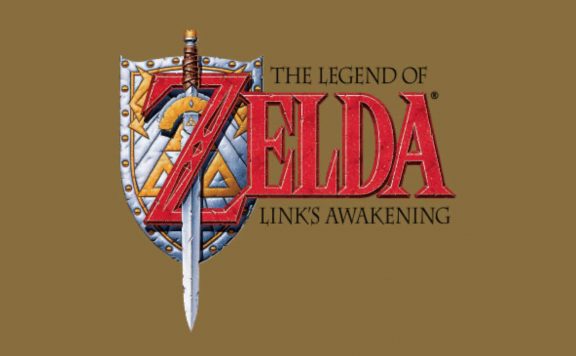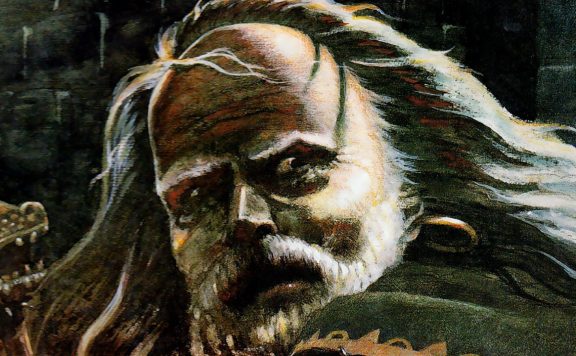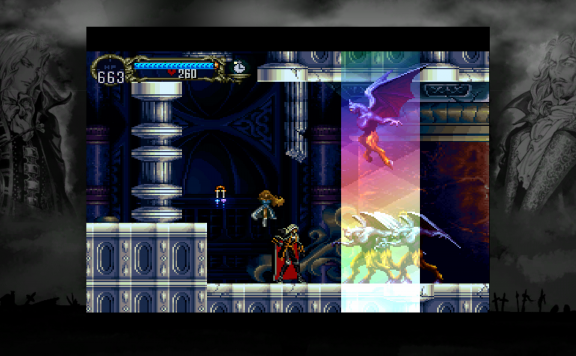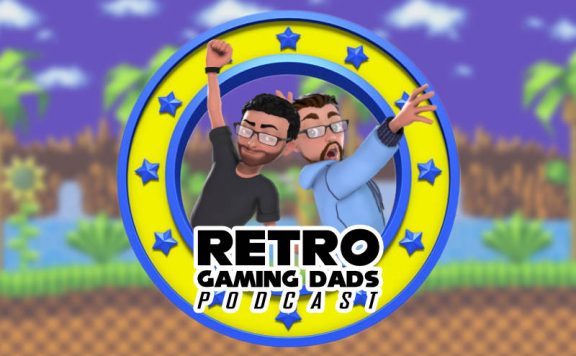The Legend of Zelda: A Link to the Past is considered by many to be one of the greatest adventure role-playing titles on the Super Nintendo. It’s easy to see why. Taking everything that came before it, A Link to the Past takes it to the extreme.
An Adventure Begins
The Legend of Zelda: A Link to the Past starts off with our titular hero, Link, waking up to see his uncle donning a sword and a shield during a stormy night. Unknown to our hero, Hyrule Castle is being overthrown by a dark wizard. Suddenly, a voice fills your head. It’s Hyrule’s princess, Zelda, as she calls out for help. It’s at this point our hero rushes out into the stormy night and begins his adventure.
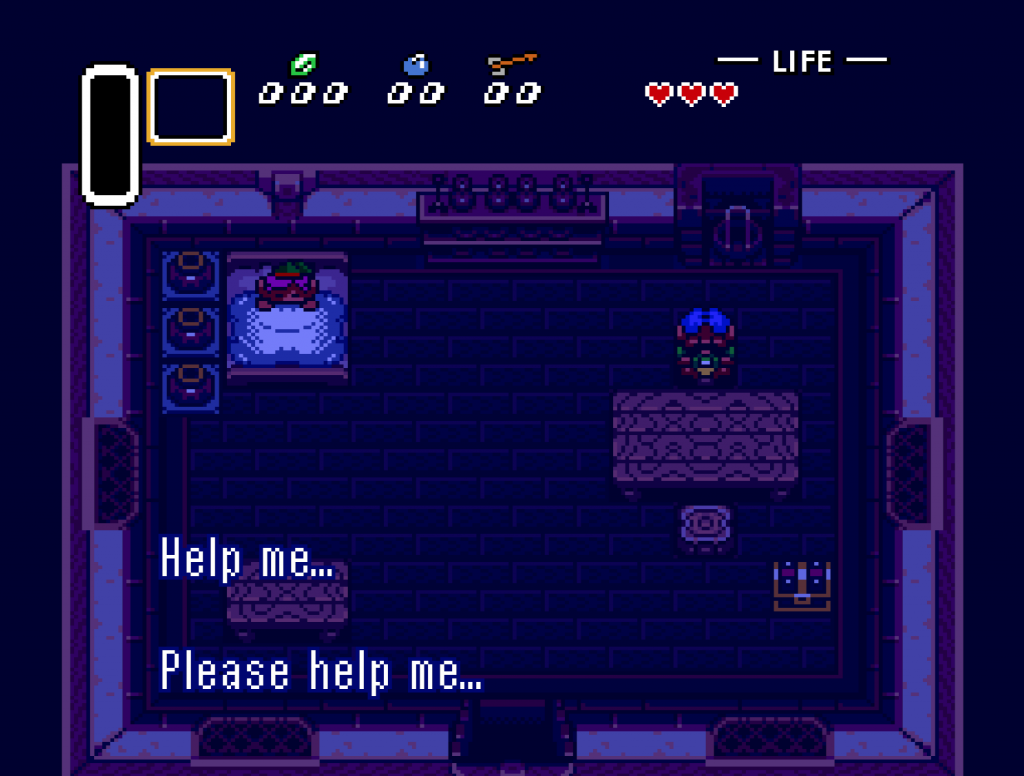
Initially A Link to the Past starts off linear: break into the castle, save the princess and escape. However, once this daring rescue is complete, how you tackle the rest of your adventure is entirely up to you. You can decide how to tackle the game’s challenges, exploring the open world as you see fit.
A World of Opportunity
It’s this openness that sets A Link to the Past apart from many of its peers. Even it’s own predecessors. At the time the ability to explore at your own pace was a luxury that few games afforded players. While exploring Link will discover numerous temples. Each housing a powerful foe, as well as a unique piece of equipment to help Link in his adventures.
It’s in these temples, as opposed to the over-world, that you will find most of the game’s challenge. Each temple will employ various traps, puzzles and gimmicks. In one dungeon you may be flicking switches to to raise and lower barriers, while the next you may be dropping down from higher levels to navigate a labyrinth.
Once you manage to fight your way to the end of a temple, you’ll need to face off against one of the game’s many bosses. These foes usually require striking a weak point, or using a newly discovered piece of equipment. Figuring out their weakness is often the key to victory. Unfortunately it’s during these fights once of the game’s weak points becomes apparent.
Controlling your Destiny
While many of the enemies require precise strikes to defeat, Link’s controls are often not up to the task. Link is a lefty. As such he swings his sword right to left across himself. It’s this swinging animation, while a nice attention to detail, that can mean enemies attacking you from your left can sometimes get a cheeky hit in before your attack animation completes. The ability to strafe could have alleviated these issues. Unfortunately, it will feel as if you’ll spend more time positioning yourself than actually striking an enemy.
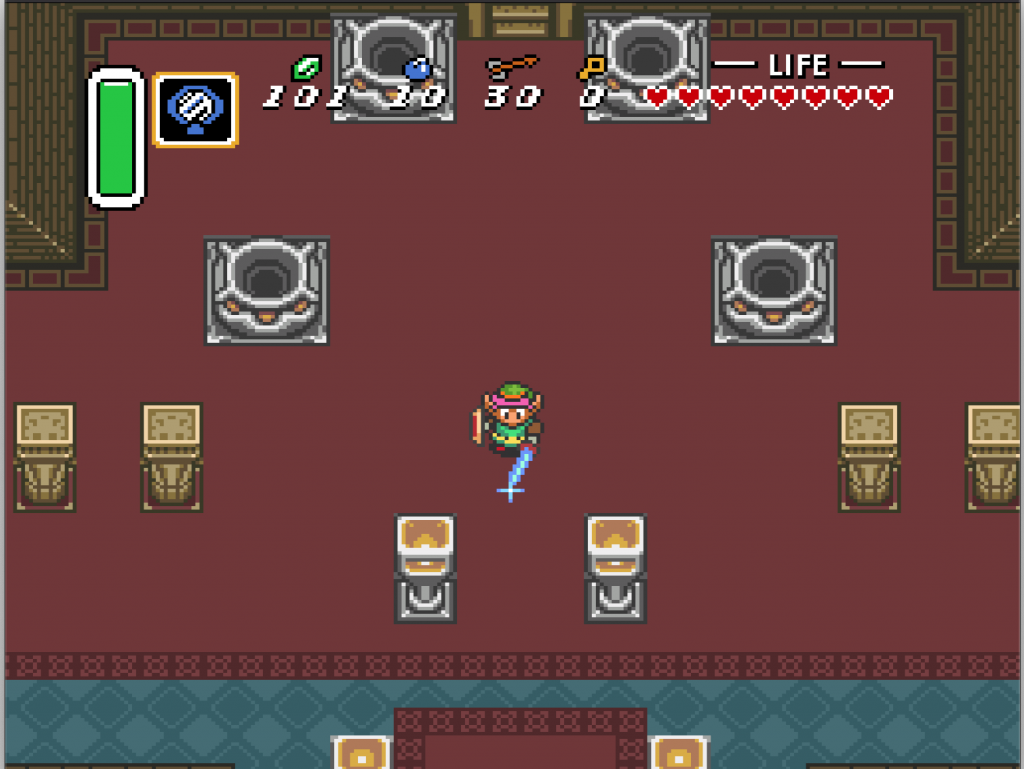
This can lead to taking hits that feel unfair. Coupled with the often excessive amounts of knock back you often feel more like a pinball rather than the heroic saviour of Hyrule. Ultimately you will learn the timing of these strikes after a few encounters, but strikes never feel as satisfying as the should do.
Conclusion
Fortunately this is only a small blemish on what is otherwise a polished title. With it’s bold and detailed environments and some of the most memorable music of it’s generation, the presentation is top-notch, especially upon its original release back in 1992. Throw in some impressive special effects such as rain and transparent fog and you have a title that really did show off what the Super Nintendo was capable of.
It is worth noting that I first completed Link to the Past almost 30 years after its original release. On it’s original release I never managed to play beyond the opening scenes on a cousin’s SNES, as such I don’t have much nostalgia for the title.
Adventuring through Hyrule often felt like one fetch quest after another. Although through a combination of ingenious dungeon design and some iconic music, the game managed to keep me invested throughout most of my play-through. It was also interesting to see where many of the series’ roots were originally laid.


